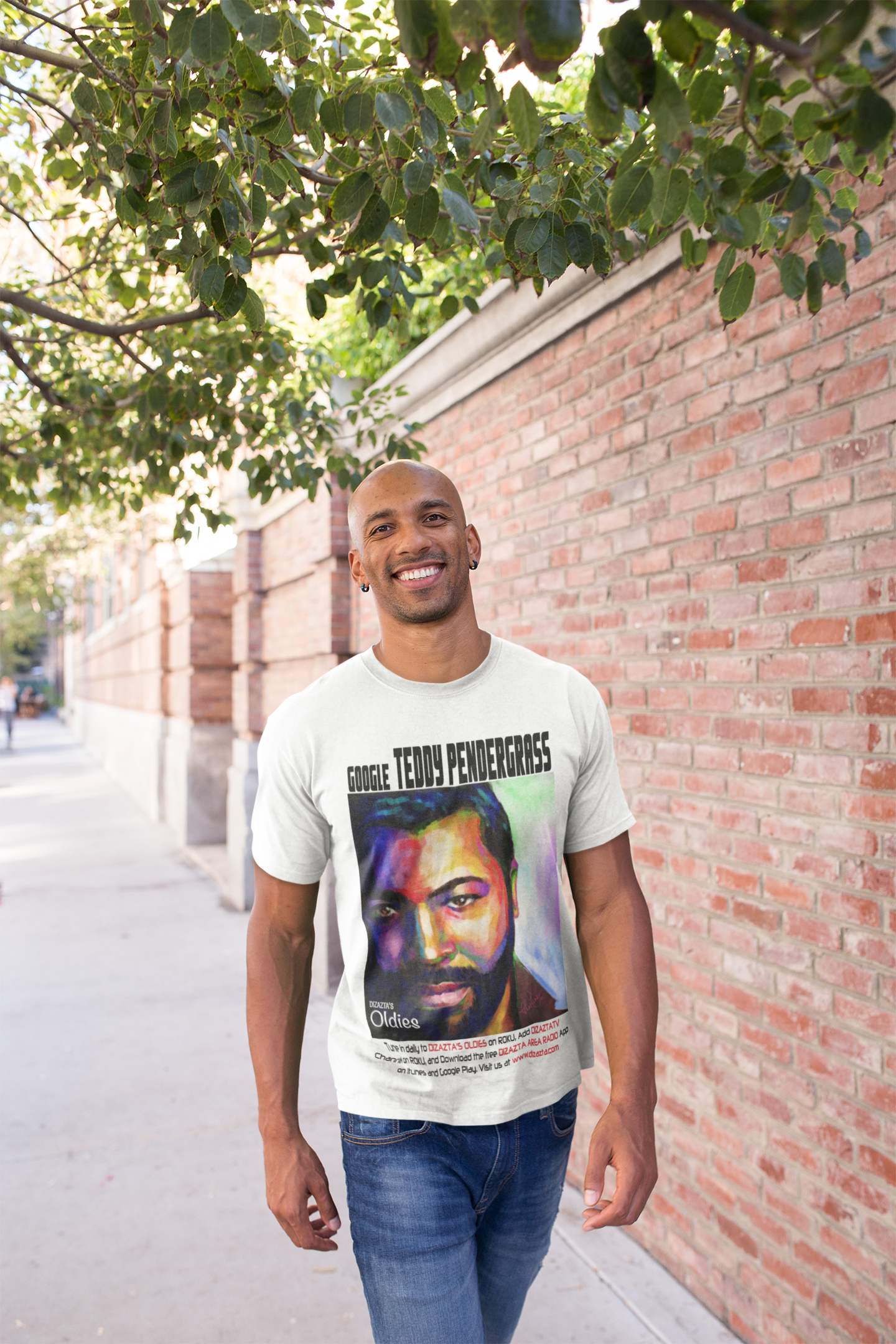Teddy Pendergrass
He attended Thomas Edison High School for Boys in North Philadelphia. He sang with the Edison Mastersingers. He dropped out in the 11th grade to enter the music business, recording his first song "Angel with Muddy Feet". The recording, however, was not a commercial success. Pendergrass played drums for several local Philadelphia bands, eventually becoming the drummer of The Cadillacs (Not the Harlem group of the same name). In 1970, he was spotted by the The Blue Notes' founder, Harold Melvin (1939–1997), who convinced Pendergrass to play drums in the group. However, during a performance, Pendergrass began singing along, and Melvin, impressed by his vocals, made him the lead singer. Before Pendergrass joined the group, the Blue Notes had struggled to find success. This all changed when they landed a recording deal with Philadelphia International Records in 1971, thus beginning Pendergrass's successful collaboration with label founders Kenny Gamble and Leon Huff.






















